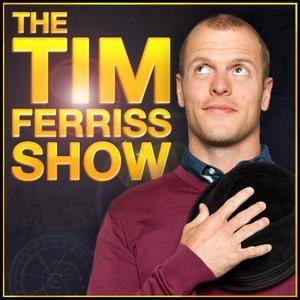
In this episode of the “Slow Burn” podcast, titled “Decoder Ring: Who Owns the Tooth Fairy?”, host Josh Levin explores the fascinating world of the tooth fairy and its origins. From children’s fascination with the tooth fairy to the commercialization of this childhood tradition, Levin delves into the history and cultural significance of this beloved figure.
Children’s fascination with the tooth fairy is a universal experience. They often imagine the tooth fairy as a magical creature with wings, a wand, and a penchant for collecting teeth. The tooth fairy ritual holds a special meaning for children, marking a milestone in their growth and development. It also serves as a way for parents to engage with their children and create lasting memories.
While the tooth fairy tradition is popular in English-speaking countries, other cultures have their own unique tooth traditions. In some countries, a mouse or rat takes children’s teeth instead of a fairy. Author Selby researched these traditions and compiled them in her book “Throw Your Tooth on the Roof,” providing a fascinating glimpse into different cultures and their beliefs surrounding baby teeth.
Santa Claus, like the tooth fairy, has evolved over time. From his origins as a gift-bringing figure in European folklore to the iconic image we know today, Santa Claus has become synonymous with Christmas. The commercialization of Christmas and the popularization of Santa Claus through literature, illustrations, and advertisements have solidified his place in popular culture.
The commercialization of childhood is a growing concern, as it can negatively impact children’s health and values. The Campaign for a Commercial-Free Childhood strives to combat this trend and protect children from excessive marketing and consumerism. The Real Tooth Fairies, a company that aimed to commercialize the tooth fairy tradition, faced backlash for its sexualized dolls and monetization of a beloved childhood ritual.
The tooth fairy holds a special place in children’s hearts and serves as a bridge between their imagination and the adult world. While the tooth fairy, along with Santa Claus and the Easter Bunny, eventually fades from a child’s belief, the magic and wonder they bring leave a lasting impression. It is important to preserve the innocence and joy of childhood traditions while being mindful of the potential pitfalls of commercialization.